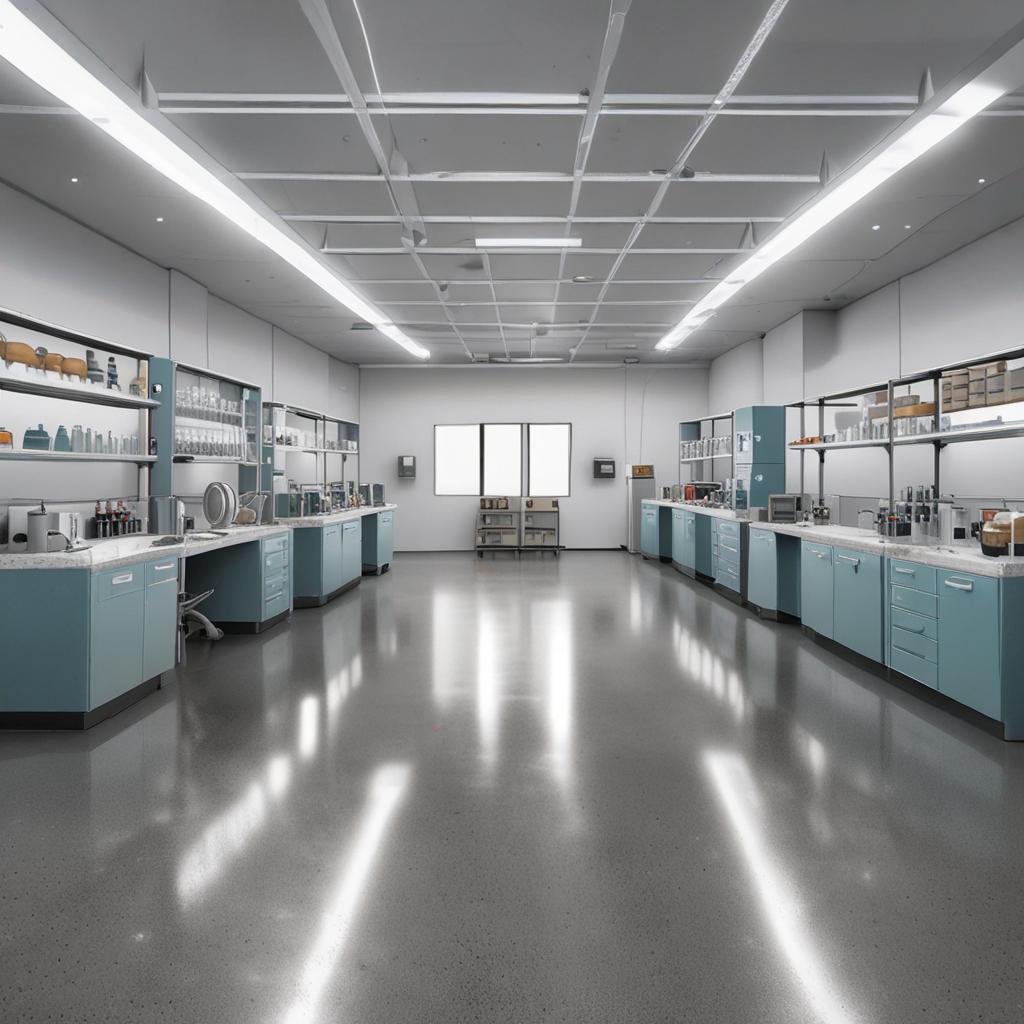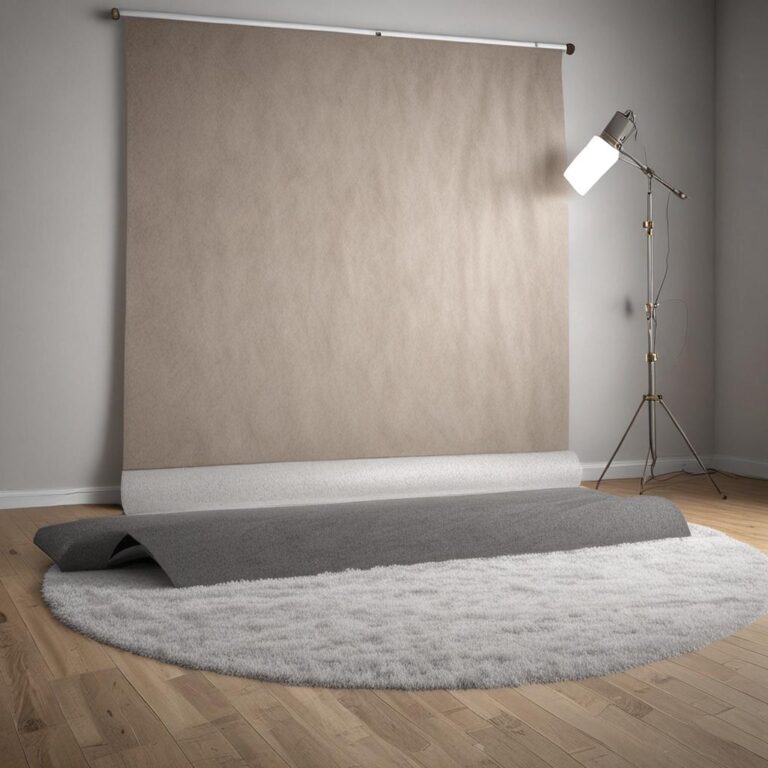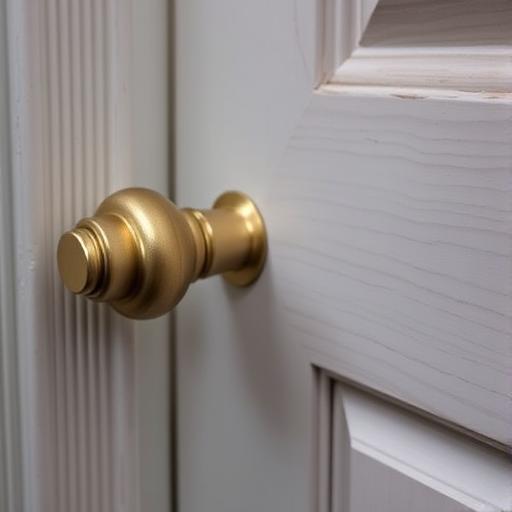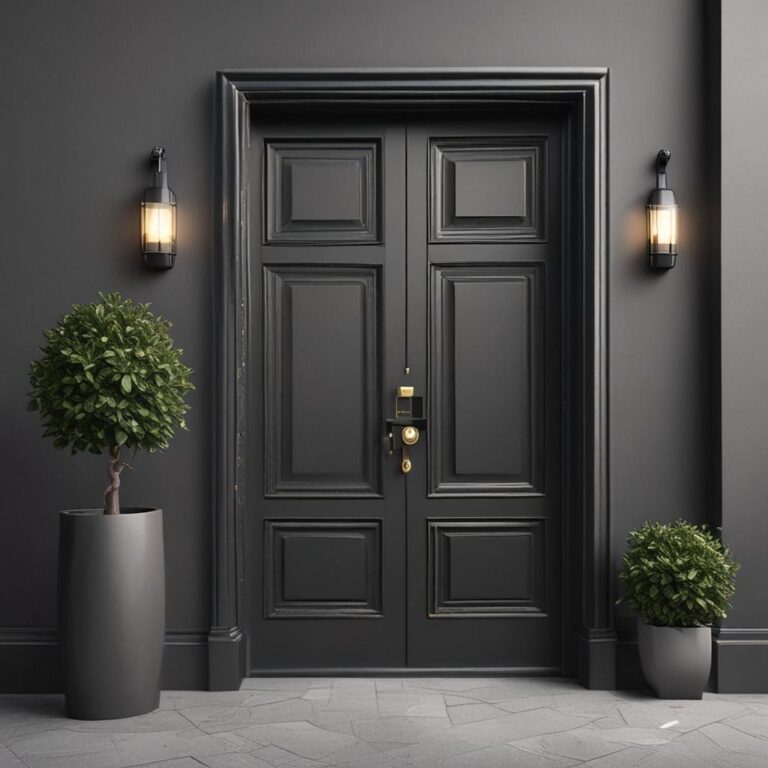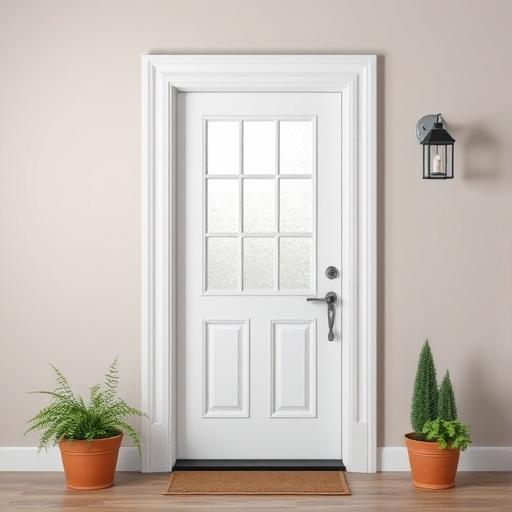Polished Concrete Vs Epoxy
Choosing the right flooring for your space can significantly impact its functionality, appearance, and long-term value. Polished concrete and epoxy flooring are two popular options, each offering unique advantages and limitations. While polished concrete provides a sleek, natural finish that stands the test of time, epoxy flooring delivers vibrant customization and quick installation. This guide breaks down their key differences in durability, cost, aesthetics, and more to help you make an informed decision for your residential or commercial project.
Step-by-Step Process
Assess Surface Needs
Evaluate floor conditions, traffic, and aesthetic preferences.
Prepare Substrate
Clean, repair, and grind concrete for proper adhesion.
Choose Finish Type
Select polished concrete for durability or epoxy for customization.
Apply Selected Coating
Follow manufacturer guidelines for application and curing.
Maintain Regularly
Clean and seal surfaces to extend lifespan and appearance.
Process infographic for Polished Concrete Vs Epoxy
What is Polished Concrete?
Definition and Process
Polished concrete is a refined, glossy surface created by mechanically grinding, honing, and polishing existing concrete slabs. The process involves removing imperfections, applying a chemical hardener, and progressively smoothing the surface with diamond abrasives until it achieves a mirror-like sheen. Unlike coatings, polished concrete enhances the concrete itself, making it a permanent transformation.
Key Features and Benefits
-
- Durability: Resists scratches, impacts, and heavy foot traffic, ideal for long-term use.
- Low Maintenance: Requires only regular sweeping and occasional re-polishing to retain its shine.
- Eco-Friendly: No added coatings or VOCs, reducing environmental impact and improving indoor air quality.
- Versatility: Suitable for industrial, commercial, and modern residential spaces with high aesthetic demands.
Common Applications
- Warehouses, showrooms, and automotive garages for a professional yet natural look.
- High-end retail stores, offices, and open-concept homes where style and sustainability matter.
- Residential kitchens, living areas, and basements for a contemporary, durable floor solution.
What is Epoxy Flooring?
Definition and Process
Epoxy flooring consists of a liquid resin and hardener mixture applied to concrete surfaces, forming a tough, glossy topcoat. The process begins with thorough cleaning, etching, and priming of the concrete to ensure adhesion. Epoxy can be customized with pigments, flakes, or metallic additives to create decorative effects, and it cures into a smooth, seamless finish within 24–72 hours.
Key Features and Benefits
- Customization: Available in a wide array of colors, patterns, and textures to suit design preferences.
- Chemical Resistance: Ideal for areas exposed to spills, oils, or harsh cleaning agents.
- Quick Installation: Cures rapidly, minimizing downtime for businesses and homeowners.
- Affordability: Lower initial costs for smaller projects, with options for budget or premium finishes.
Common Applications
- Industrial facilities like factories and laboratories for its resilience and easy-to-clean surface.
- Home garages, basements, and utility rooms where durability and cost-effectiveness are priorities.
- Healthcare centers, restaurants, and retail stores for hygienic, low-maintenance flooring.
Polished Concrete vs. Epoxy: Key Differences
Durability and Longevity
Polished concrete excels in long-term durability, often lasting 20–30 years with minimal wear. Its natural hardness makes it highly scratch-resistant, even in high-traffic environments. Epoxy flooring, while strong, can chip or crack under heavy impact and typically lasts 5–10 years before re-coating is needed, depending on usage intensity.
Maintenance and Cleaning Requirements
Polished concrete requires simple maintenance—regular sweeping and occasional re-polishing to maintain its shine. Epoxy floors are easier to clean with damp mopping but may need periodic reapplication of a topcoat to prevent peeling or fading, especially in areas with frequent chemical exposure.
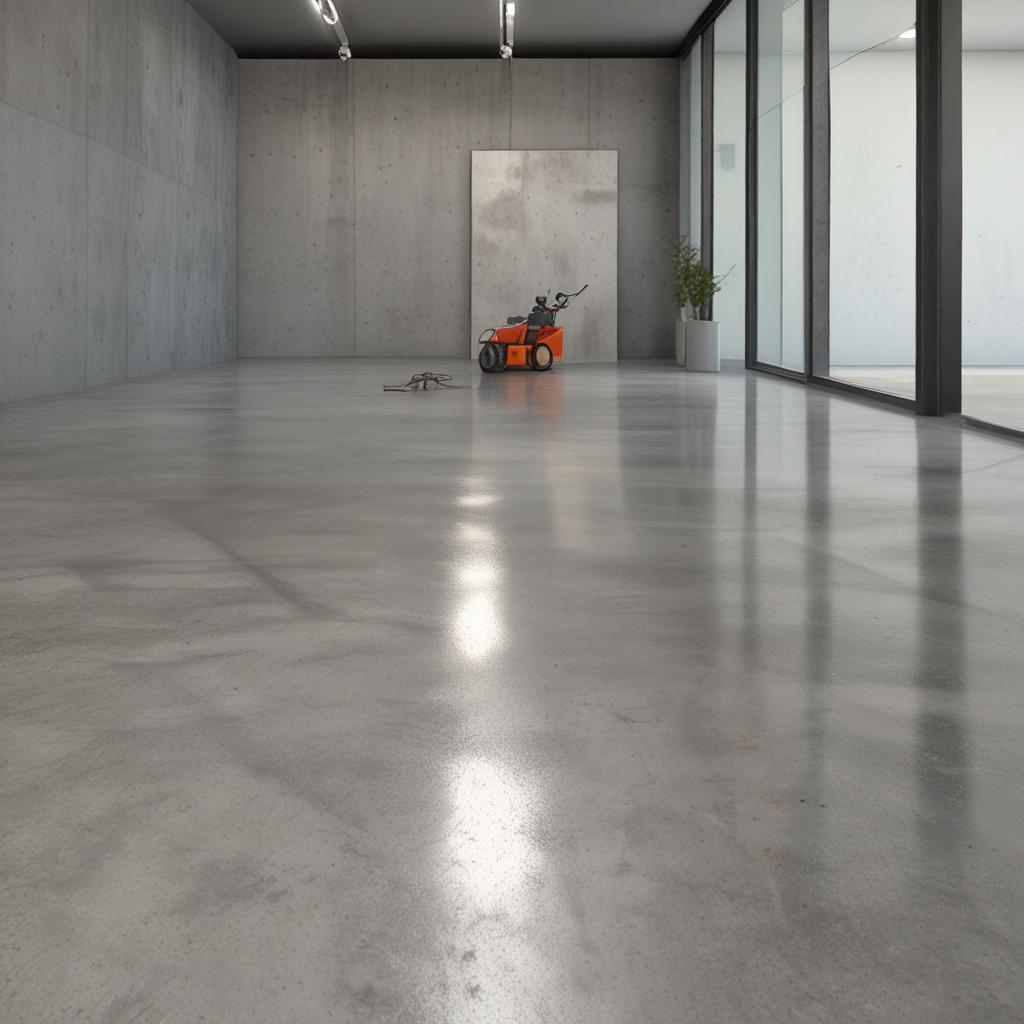
Cost Comparison
The initial cost of polished concrete is higher due to labor-intensive grinding and polishing, but its longevity reduces long-term expenses. Epoxy flooring has lower upfront costs and faster installation, making it cost-effective for short-term projects. However, frequent maintenance or reapplication can increase its overall cost over time.
Aesthetic Options and Customization
Polished concrete offers a minimalist, modern aesthetic with the natural beauty of the material. Epoxy flooring allows for bold colors, intricate patterns, and decorative elements, making it a top choice for spaces requiring visual appeal or branding integration.
Installation Time and Process
Polished concrete demands weeks of preparation and polishing, making it unsuitable for time-sensitive projects. Epoxy floors install in days, with quick curing times, though proper surface preparation is critical to ensure a lasting finish.
Which One Should You Choose?
Best for Residential Use
For living areas in upscale homes, polished concrete provides a timeless, eco-friendly look that complements open spaces. Epoxy is ideal for garages and basements, offering a budget-friendly solution with added protection against chemicals and stains.
Best for Commercial/Industrial Use
Polished concrete suits retail stores, offices, and showrooms, where a sophisticated appearance and durability are essential. Epoxy is preferred in industrial settings like factories and labs, where rapid installation and chemical resistance are crucial.
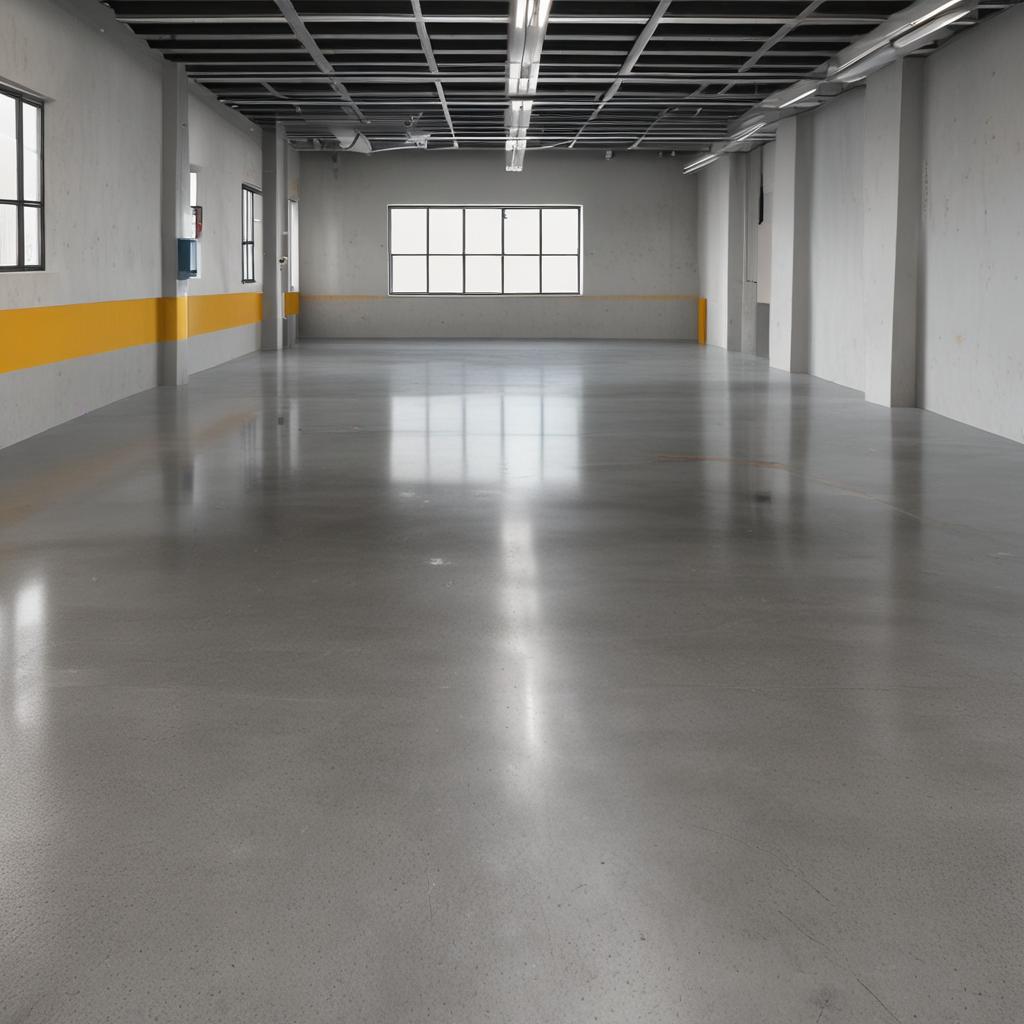
Environmental and Health Considerations
Polished concrete is a sustainable choice with no VOC emissions, making it safer for indoor environments. Epoxy may release VOCs during curing and requires adequate ventilation, though low-VOC options are becoming more common for health-conscious applications.
Conclusion
Polished concrete and epoxy flooring each have distinct strengths. Polished concrete is a long-term investment with a natural aesthetic and minimal maintenance, while epoxy offers versatility, speed, and affordability. Your choice will hinge on budget, durability needs, and design goals. Consulting flooring professionals can help tailor the solution to your specific requirements, ensuring optimal performance and appearance.
FAQ Section
Q1: Is polished concrete more expensive than epoxy?
Polished concrete typically has higher upfront costs due to the labor-intensive process, but its 20–30 year lifespan can make it more cost-effective long-term. Epoxy is less expensive initially but may require reapplication every 5–10 years, increasing overall costs.
Q2: Which flooring option is more slip-resistant?
Polished concrete can be honed to a matte finish for better slip resistance, while epoxy often needs additives like quartz or aluminum oxide to achieve similar safety. Both can be treated to meet slip-resistant standards, depending on the application.
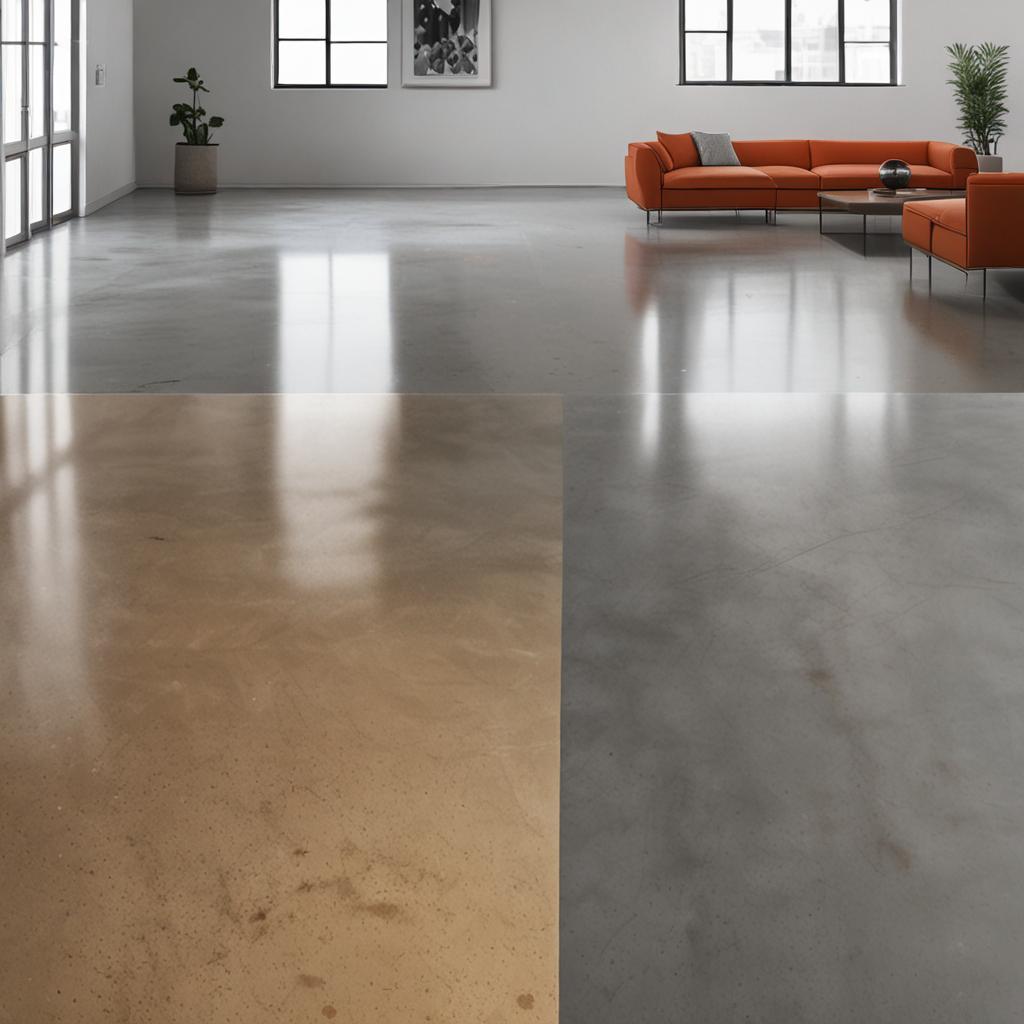
Q3: How long does each flooring type last?
Polished concrete lasts 20–30 years with minimal maintenance, whereas epoxy flooring typically endures 5–10 years in high-traffic areas and up to 15 years in low-traffic zones, assuming regular upkeep and re-coating.
Q4: Can epoxy be applied over polished concrete?
Applying epoxy over polished concrete is not recommended unless the concrete is ground down, as the smooth finish can prevent proper adhesion. Consulting a professional is essential to avoid costly mistakes.
Q5: Which is better for a garage floor: polished concrete or epoxy?
Epoxy is often preferred for garage floors due to its quick installation, affordability, and resistance to oils and chemicals. Polished concrete, while durable and stylish, requires a longer process and may not justify the cost unless a premium look is desired.

